When one thinks of photovoltaic cells, then it is usually in connection with the conversion of solar radiation into electricity, a main research area at Fraunhofer ISE in line with the energy transformation. However, researchers at Fraunhofer ISE are also working on another application for photovoltaic (PV) cells: Power-by-Light systems (also known as Power-over-Fiber) in which optical power transfer is used to supply electricity to electronics. Energy transmission is carried out in the form of light, and the photovoltaic cell is not used as a “solar cell,” but rather to convert the transmitted laser light into electricity.
This is especially advantageous for systems located in remote or critical locations where a conventional power supply based on copper wiring is not feasible or difficult to install. Instead at the base station the laser light is coupled into a fiber optic cable – as known from data communication – and transferred to the receiver, where it is converted back into electricity by the photovoltaic laser power converter in order to supply the electronics. In addition to such fiber coupled systems (see fig. 1), also completely wireless free space optical links without fiber optics exist (see fig. 2).
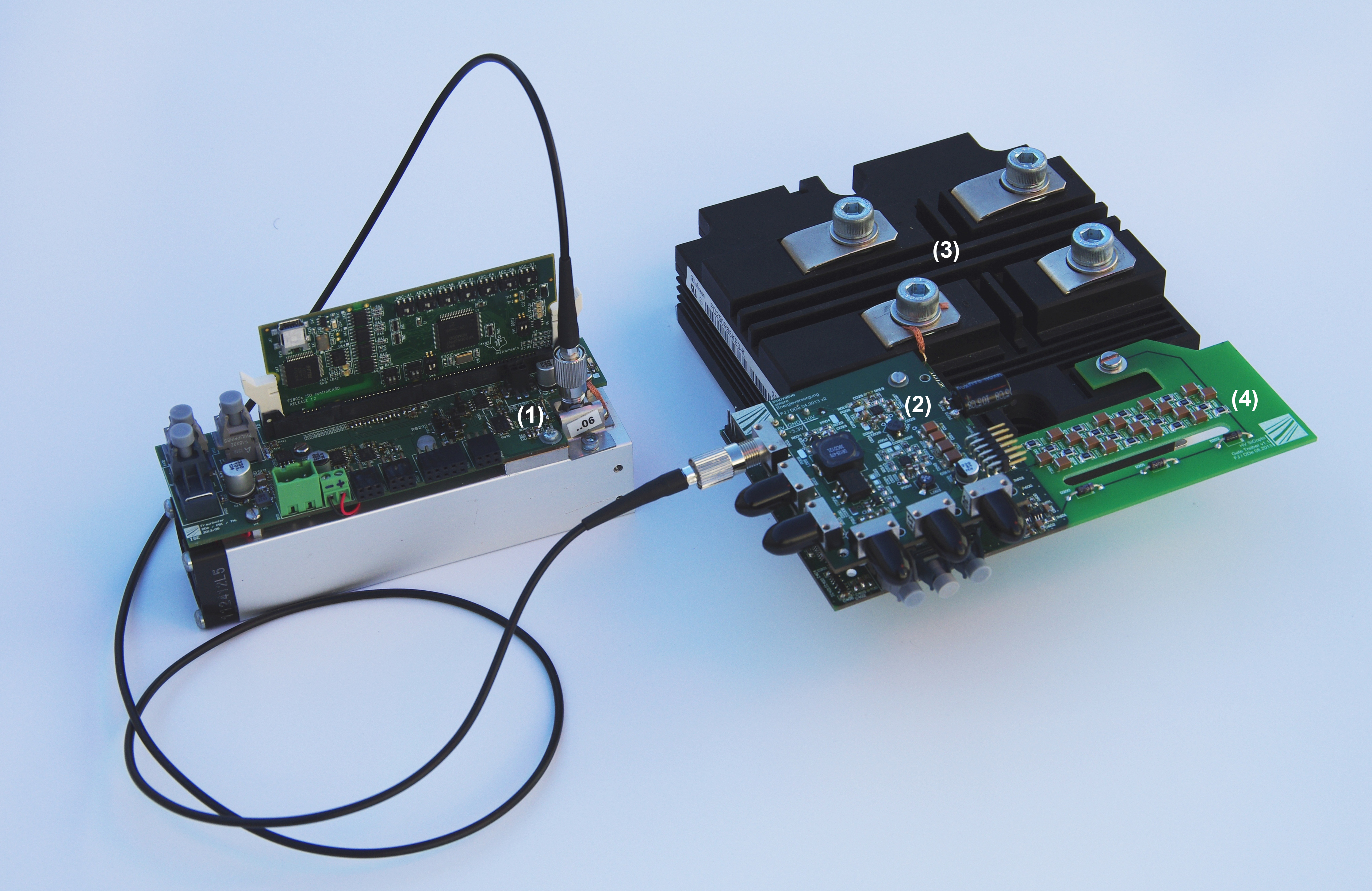
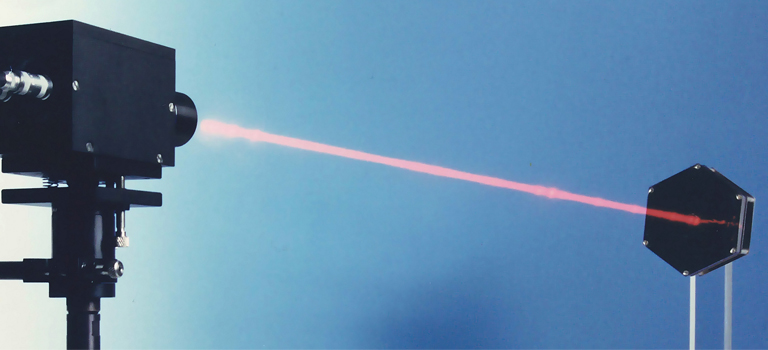
Advantages of Optical Power Transmission and Application Examples
Optical power transmission has specific advantages over conventional power supply based on copper wiring. Since no copper cables are required, all problems associated with wiring are eliminated. When fiber based or wireless power transmission systems are used, the receiver is inherently galvanically isolated from the base station, since both sides are electrically disconnected from each other. This type of isolation is mandatory, for instance, when large electromagnetic fields exist. In monitoring systems for high voltage lines, for example, the sensor is at a high voltage potential and an electrical breakdown to the ground must be avoided at all times. Other examples are the power supply of driver circuits in medium voltage converters or sensors in magnetic resonance imaging equipment. Furthermore, a purely optical power supply is inherently free from electromagnetic interference, since there are no electrical cables which could cause disturbing fields and affect electromagnetic field measurements. Avoiding electrical cables is also advantageous in a lightning prone environment. In a conventional power supply, the copper wiring acts as a lightning rod or more precisely as an antenna for the electromagnetic fields which occur at the external lightning rod during a lightning strike. Given this situation, in the last resort a lightning strike could destroy the entire sensor electronics. An application example is a structural health monitoring system for rotor blades in wind turbines, which are at a high lightning risk. Power-by-light systems are a viable solution here.
When no copper cables are used, the sparking danger resulting from a defect is reduced. In areas exposed to explosion hazards, Power-by-light systems are advantageous: for example, as a power supply for fuel gauges in aircrafts.
When sensor cables are long, the lower weight of fiber optic cables compared to copper can be an important advantage. An example is the automotive branch, with a constantly increasing number of sensors and correspondingly an increasing weight for the respective cabling. In addition, many potential applications for this technology exist in the field of Information and Communications Technology ICT. In passive optical networks, laser power converters can be implemented in existing fiber optic networks to power a large variety of sensors, e. g. for status and condition monitoring.
Ultimately, free space optical transfer enables totally new applications for wireless and cableless energy transmission. Already in the 1970s, a possibility of wireless energy transfer for space applications was discussed. Ideas range from wireless power transfer between the Earth and a satellite or a moon station, among satellites, space solar farms that beam the harvested energy wirelessly down to Earth, or as a power supply for space ships. Potential terrestrial applications for this technology include rotating systems in which a direct cable connection is impossible or only with limitations (slip ring). Other possible fields of applications are consumer electronics or robotics; for example, wireless charging of mobile electronics. The field of medical technology offers other interesting applications, e. g. wireless power transmission through the skin and into the body to directly supply smart implants and biosensors or to charge their batteries.
Maximum Conversion Efficiency through Optimal Use of Photon Energy
The main loss mechanisms of a solar cell lead back to the spectral constitution of sunlight. Semiconductor solar cells can only make use of light with wavelengths up to the band gap. The band gap energy of silicon is 1.12 eV, equivalent to a wavelength of about 1100 nm. For those photons with lower energy, i. e. infrared light of longer wavelength, the absorber material is transparent and, consequently, these photons cannot be used for electricity generation. These losses are called transmission losses. For high energy photons in the ultraviolet, visible and near infrared range, charge carriers in the absorber are excited to a higher energy state beyond the band edge. Through interaction with the crystal lattice, the excess energy is released as heat in the semiconductor crystal. These losses are called thermalization losses.
For photovoltaic laser power converters the situation is different: Because monochromatic laser light contains only one wavelength, only photons of a specific photon energy need to be absorbed. Here an absorber material with optimally matched band gap energy can be implemented so that transmission and thermalization losses are reduced to a minimum – and highest conversion efficiencies can be achieved. By using III-V compound semiconductors, like gallium arsenide (GaAs), indium phosphide (InP) and more complex compounds thereof, the band gap can be intentionally tuned over a broad range by adapting the absorber material’s composition. Figure 3 shows a selection of III-V based photovoltaic cells that have been realized at Fraunhofer ISE. Their spectral external quantum efficiency (EQE) is shown for the relevant wavelength range. The sharp kink from a value near 100% into an exponential drop marks the band gap energy corresponding to the wavelength, at which the material becomes transparent. The laser wavelength shall always lie somewhat below this value. The dotted lines show typical laser wavelengths. As shown in the graph, customized absorber materials for laser power converters are available for each of these laser wavelengths.

Conclusion
Optical power transmission demonstrates an interesting use of photovoltaic cells for a wide variety of applications. Many of these applications first become feasible through such a (copper) cable-free power supply. Thus, one can reasonably label it as an “enabling technology”.
At Fraunhofer ISE we are working on optimizing photovoltaic cells for monochromatic laser light. For this technology, different boundary conditions apply than for the optimization of solar cells. III-V compound semiconductors are ideally suited to be used as absorber material. By fine-tuning their composition, optimal absorbers can be realized for all typical laser wavelengths.
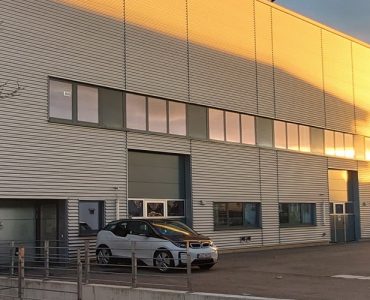

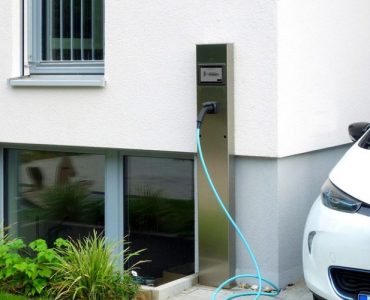
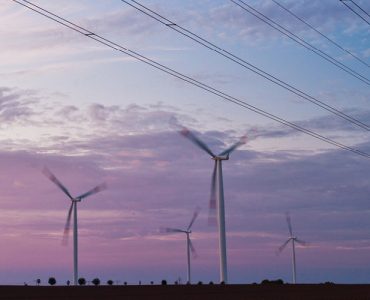
What is the maximum conversion efficiency currently observed for electrons to photons, and photons to electrons?
Dr Helmers,
I’m an engineer of HiSilicon Optoelectronics Co., Ltd based in China. I’m very interested in your research. I am currently trying to combine optical power over fiber with fiber communications and plan to use a C-band monochrome photovoltaic cells to power wireless base stations. I would like to know if your institute sells such products.
Looking forward to your reply.
Dear Wang Xiaoqing,
thank you for your interest and for reaching out! Since Dr. Helmers is currently out of office, he asked me to reply to you. We will reach out via e-mail shortly.
Dr Helmers,
Read your article with great interest. I am a tech entrepreneur based in Singapore. I am a big believer in a light based energy system to power the future of this planet. I hope we can connect to exchange ideas.
Regards
Saroj
Instead of using adjectives describing the benefits of monochromatic power transfer, why not use numbers?
With X frequency for X photovoltaic what is the efficiency of the laser, the transmission, and the photovoltaic?
The laser wavelength shall always lie somewhat below this value. The dotted lines show typical laser wavelengths.
Dr Helmers,
I’ve been asked to look into power over fiber applications by my company, HeadowStar Enterprises for a customer.
Would it be possible for us to communicate via email?